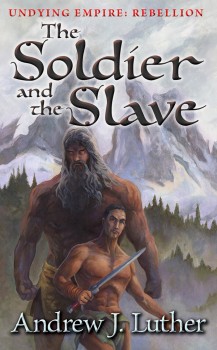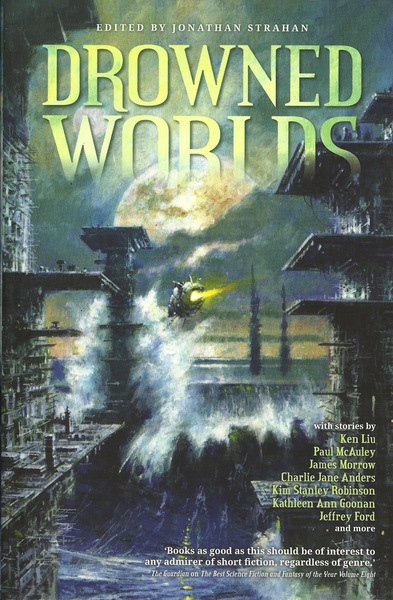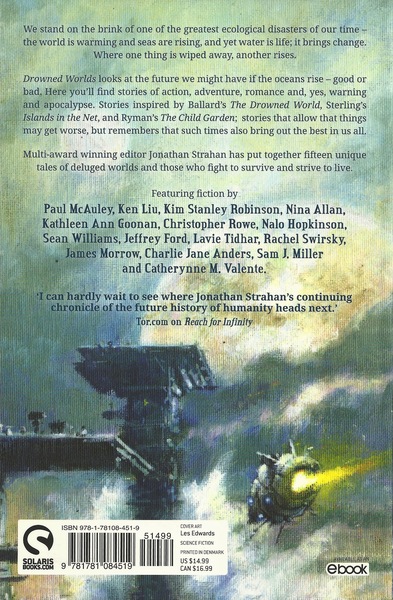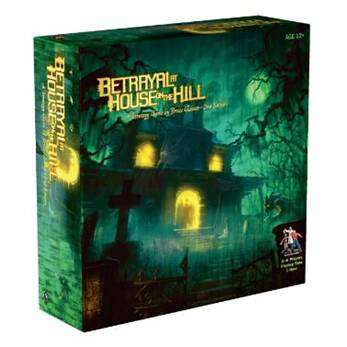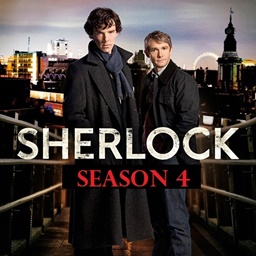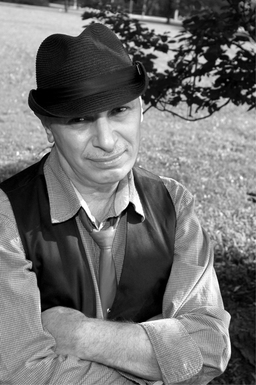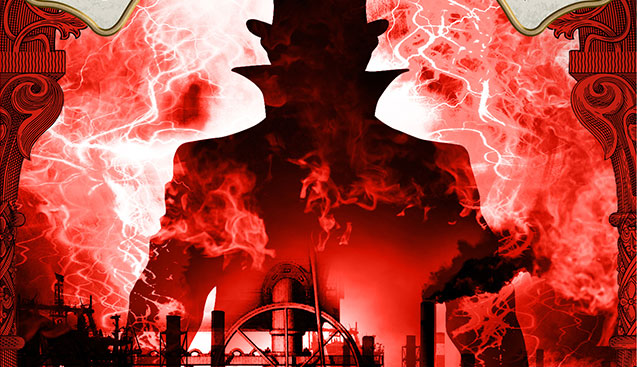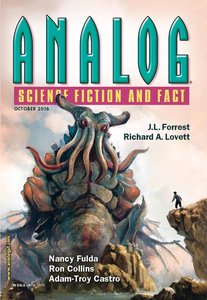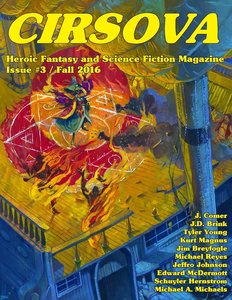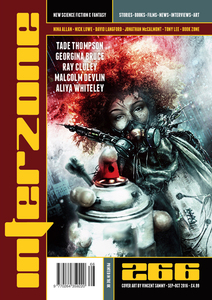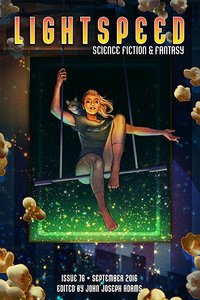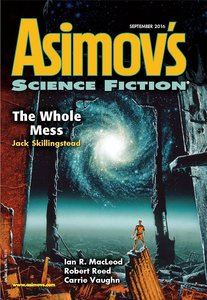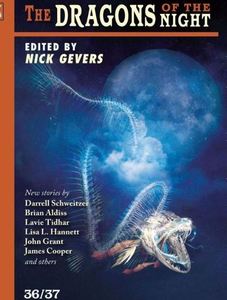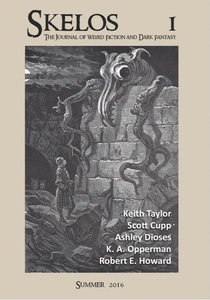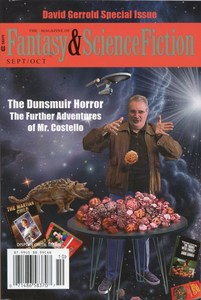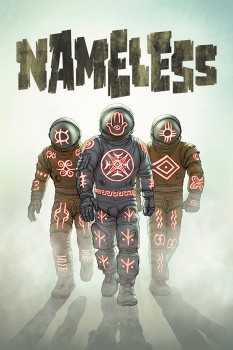Horror and Swords & Sorcery
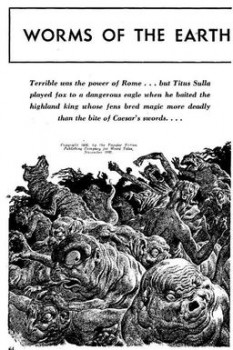
The air has turned crisp, the sun is dipping below the horizon earlier each evening, and the supermarket candy section seems to have grown exponentially. Halloween is just around the corner and, like many of you, my mind has turned to haunts and frights.
Horror is one of the primary elements dividing swords & sorcery from epic fantasy. To quote the Horror Writers Association’s site, horror fiction is that which “elicits an emotional reaction that includes some aspect of fear or dread.” Horror has been intrinsic to the genre from its earliest days. Robert E. Howard’s heroes, Kull, Conan, Bran, and Solomon Kane all face off against supernatural horror. In general, the worlds of S&S are dark and dangerous. The protagonists, mostly loners, find themselves pitted against an inimical universe populated with carnivorous forces of darkness that sate their hunger on humanity.
Epic fantasy is concerned with things like the fate of the world, the battle between Light and Darkness, or big dynastic squabbles. There may be moments of terror in epic fantasy (e.g. LotR’s Watcher in the Water; A Song of Ice and Fire’s wights), but it’s rarely the main event. Not in every story, but in most of their S&S work, writers like Clark Ashton Smith, Karl Edward Wagner, and C. L. Moore, created tales that were horror first and foremost. They spun nightmares and darkness into thread and, along with strands of adventure and mystery, wove from it something moodier than Prof. Tolkien or his successors.
